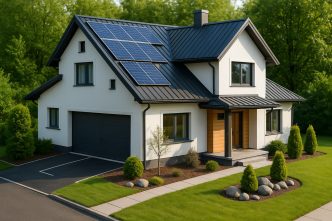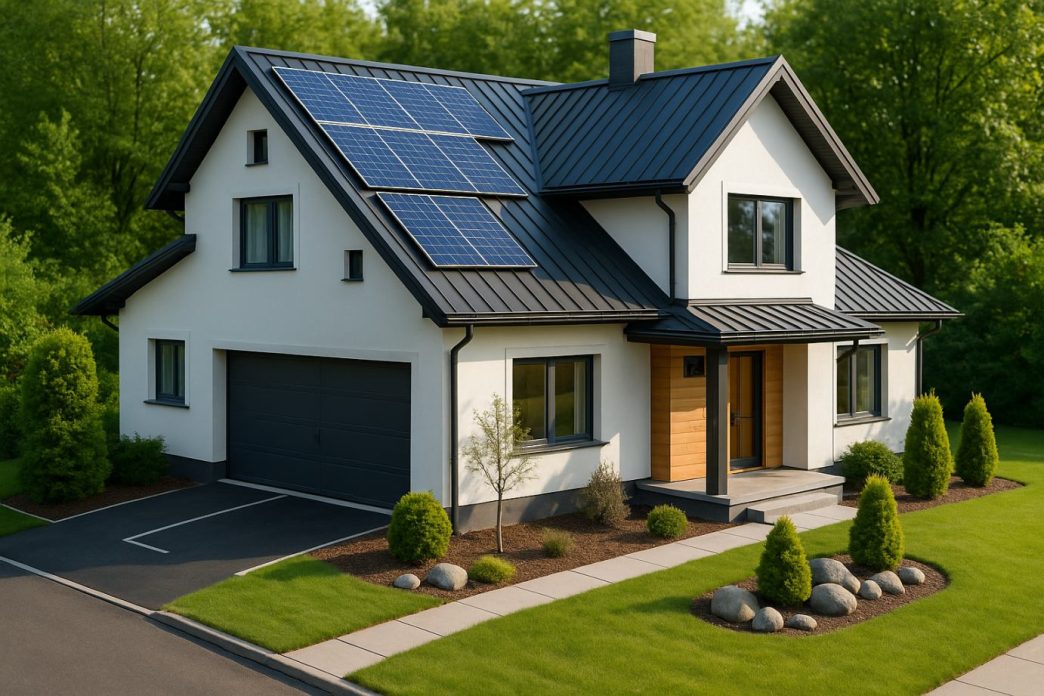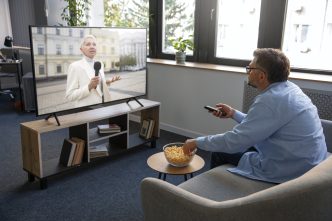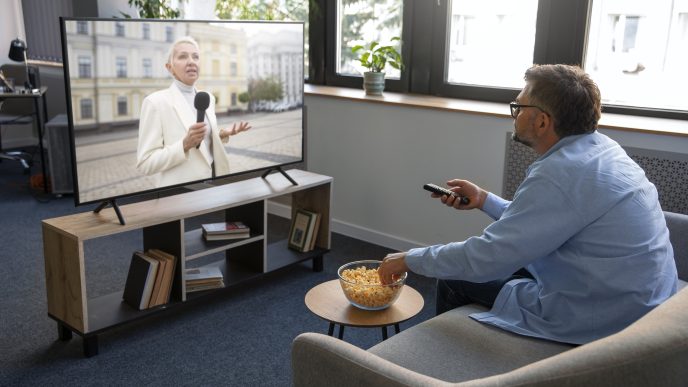Energy-efficient homes combine modern technology, sustainable materials, and thoughtful design to reduce energy consumption, save money, and protect the environment. Rising energy costs and growing ecological awareness are encouraging homeowners to invest in solutions that minimize their carbon footprint while creating healthier living spaces.
Key Elements of Energy Efficiency
Insulation: High-quality insulation in walls, roofs, and floors helps retain heat in winter and prevent overheating in summer. Materials such as rock wool, fiberglass, or cellulose are highly effective, while double- or triple-glazed energy-efficient windows further reduce heat loss.
Lighting: LED bulbs use up to 75% less energy than traditional bulbs and last significantly longer. Smart lighting systems, which adjust brightness and automatically turn off lights, cut unnecessary energy use and enhance efficiency.
Heating and Cooling: These systems often account for the largest portion of household energy consumption. Energy-efficient solutions like heat pumps, condensing boilers, and smart thermostats optimize energy use. Smart thermostats adapt temperatures to household routines, avoiding wasted heating or cooling in empty rooms.
Renewable Energy: Solar panels can dramatically improve energy efficiency and reduce reliance on fossil fuels. Photovoltaic panels generate electricity from sunlight, while solar water heaters use solar energy to heat water. Though the initial investment may be high, long-term savings on energy bills make them cost-effective.
Smart Home Technology: Modern energy-efficient homes benefit from smart appliances—refrigerators, washing machines, and air conditioners that adjust energy usage based on demand. Home automation systems allow control via mobile apps, increasing efficiency and convenience.
Water Management: Installing low-flow faucets and showers, along with rainwater harvesting systems, reduces water consumption and conserves this precious resource.
Sustainable Interior Design: Thoughtful furniture placement, natural materials, and reflective or absorptive colors help minimize energy use. Avoiding obstruction of heat sources or windows ensures maximum efficiency.
Conclusion
Energy-efficient homes are eco-friendly, cost-effective, and enhance comfort and health. Investing in efficient technologies and sustainable design is an investment in the future, reducing environmental impact while promoting a sustainable lifestyle. By combining innovation and thoughtful planning, every household can contribute to solving global energy and environmental challenges.
Photos: AI












